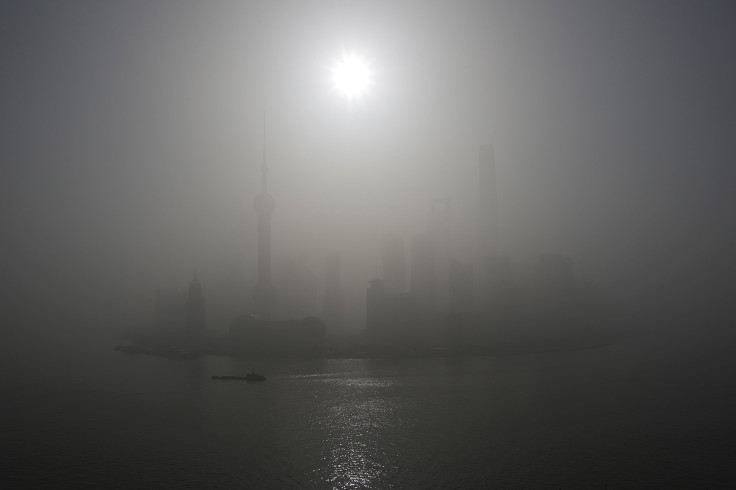World Air Pollution: 80 Percent Of City-Dwellers Breathe Bad Air, WHO Warns

Most city-dwellers worldwide are breathing bad air. More than 80 percent of people living in urban areas that track air quality are exposed to air that exceeds acceptable limits for pollution, according to a report released by World Health Organization Thursday.
People who live in poorer cities have it the worst. The report found that 98 percent of cities with a population above 100,000 in low- and middle-income countries do not meet WHO guidelines. That figure drops significantly to 56 percent in high-income countries.
Low- and middle-income countries in the Eastern Mediterranean and Southeast Asia regions had the highest pollution levels, with annual mean levels often exceeding 5to 10 times WHO limits. And it's continued to get worse in those regions, with two-thirds of the areas' cities seeing pollution levels increase by more than 5 percent over five years.
Urban areas with lower levels of pollution were most prevalent in Europe, the Americas, and the Western Pacific regions, according to WHO.
The group's database has doubled over the past two years to include 3,000 cities in 103 countries. It warns that as air quality drops, the risk of health issues like stroke, heart disease and lung cancer increases.
"Urban air pollution continues to rise at an alarming rate, wreaking havoc on human health," said Dr. Maria Neira, WHO director, department of public health, environmental and social determinants of health. "At the same time, awareness is rising and more cities are monitoring their air quality. When air quality improves, global respiratory and cardiovascular-related illnesses decrease."
Overall, outdoor pollution has soared by about 8 percent in the last five years. The news comes after a landmark agreement in Paris last year that laid out a plan to cut down on emissions and fight climate change.
"It is crucial for city and national governments to make urban air quality a health and development priority," said Dr. Carlos Dora, coordinator of interventions for healthy environment at the World Health Organization, in a statement. "When air quality improves, health costs from air pollution-related diseases shrink, worker productivity expands and life expectancy grows. Reducing air pollution also brings an added climate bonus, which can become a part of countries’ commitments to the climate treaty."
In the United States, six of the 10 worst cities for air pollution are located in California, according to an American Lung Association study. Some 166 million people live in areas with unhealthy particle levels, the most at risk city being Bakersfield, California.
© Copyright IBTimes 2024. All rights reserved.





















